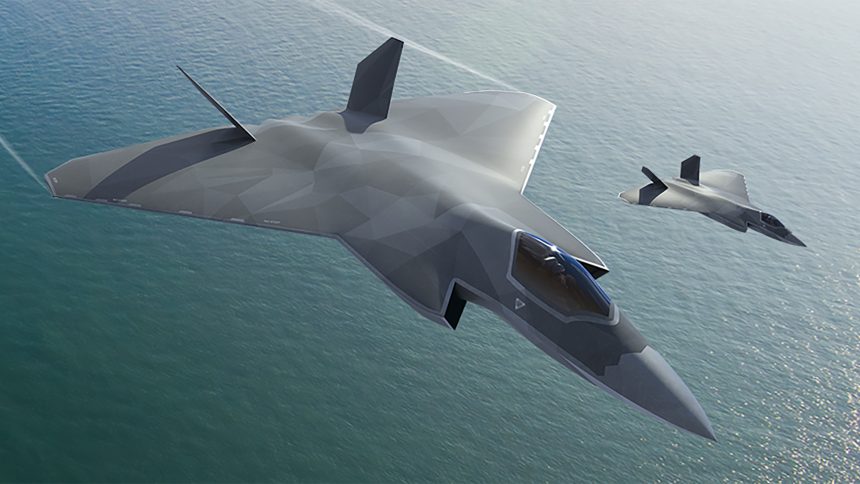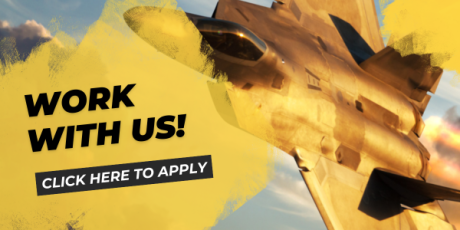Guido Crosetto, Italy’s Minister of Defense, has accused the GCAP partner of neglecting to share unspecified technologies with other program members.
Speaking to Reuters, Crosetto discussed the Global Combat Air Programme (GCAP) partnership and the technological cooperation between members Italy, Japan, and the United Kingdom. He explained: “You have to break down some barriers of selfishness. Italy has broken them down totally, Japan almost totally. It seems to me that the UK is much more reluctant to do this, and that’s a mistake because selfishness is the worst enemy of nations.”
Defence Minister Guido Crosetto has said Britain is not fully sharing technologies with Italy and Japan in a major project to develop a new fighter jet and urged London to bring down the “barriers of selfishness”. https://t.co/YkgeBAckY1 pic.twitter.com/tWUsv4TbH1
— Reuters (@Reuters) April 15, 2025
GCAP is the joint project to produce a next generation combat aircraft to replace the UK and Italy’s Eurofighter Typhoons, and Japan’s Mitsubishi F-2s. It is often referred to as a ‘sixth-generation’ fighter, utilizing the all-aspect stealth features seen on fifth-generation fighters in addition to advanced on-board computing leveraging progresses in artificial intelligence, augmented reality, systems integration, and open system architectures. The aircraft will also be designed to take advantage of manned-unmanned teaming developments, using unmanned aircraft as force multipliers.
It will be the three partner nations’ answer to the upcoming Boeing F-47, although owing to differing customer requirements each may carve its own niche and be difficult to directly compare. France, Germany, and Spain have their own Future Combat Air System (FCAS) program, but this appears to be further behind in development compared to GCAP. GCAP aims to have a flying prototype by 2027, ready for aircraft to enter operational service from 2035.

Crosetto did not specify any details regarding specific areas of technology where he believes the UK is withholding information. A response by the British Ministry of Defence (MoD) emphasized GCAP’s collaborative nature and affirmed that “the technologies we are developing and the capabilities we are building together are at the cutting edge of science and engineering”.
Export Hopes
Outside of Europe, Saudi Arabia has long been touted as a potential further GCAP nation, and the minister is strongly supportive of such an entry to the program, saying that the Middle Eastern nation “has a need for technological growth and has more resources available than our three countries.”
More recently, the Royal Australian Air Force (RAAF) has confirmed that they have received a briefing on GCAP. While seen by some as a possible customer for the F-47, others have noted that GCAP’s apparent focus on long endurance would be particularly beneficial for operations in the Pacific where safe allied airbases could be few and far between.
Receiving such briefings is common practice when new aircraft are in the works, and does not directly signal interest from Australia in joining the program. However, the idea does seem to have strong support from the UK, who along with close ties through the Commonwealth is now also joined with Australia through AUKUS.
I suspect Australia will be looking for the range promised with GCAP/Tempest over whatever NGAD seems to be offering (it’s hard to tell from this rendering, but range doesnt seem to be it)… pic.twitter.com/D0CbKkGpQc
— Gareth Jennings (@GarethJennings3) March 21, 2025
Entering into GCAP would also solidify Australia’s ties with Japan. The two nations have increased their defense cooperation over the last few years as China expands its interests across the Pacific region. Operating the same combat aircraft type would allow increased interoperability and simplified logistics – the latter being an important consideration in the Pacific where supply chains can span thousands of miles across vulnerable shipping lanes.
Other than aircraft, Japan is keen to offer its Mogami class frigate for Australia’s general purpose frigate contract. This requirement was drawn up in 2024, when Australia’s order for the Hunter class frigate (based on the UK’s Type 26) was reduced from nine to six ships. Eleven smaller general-purpose frigates will then supplement those six, in a similar arrangement to the Royal Navy’s Type 26 and Type 31.









